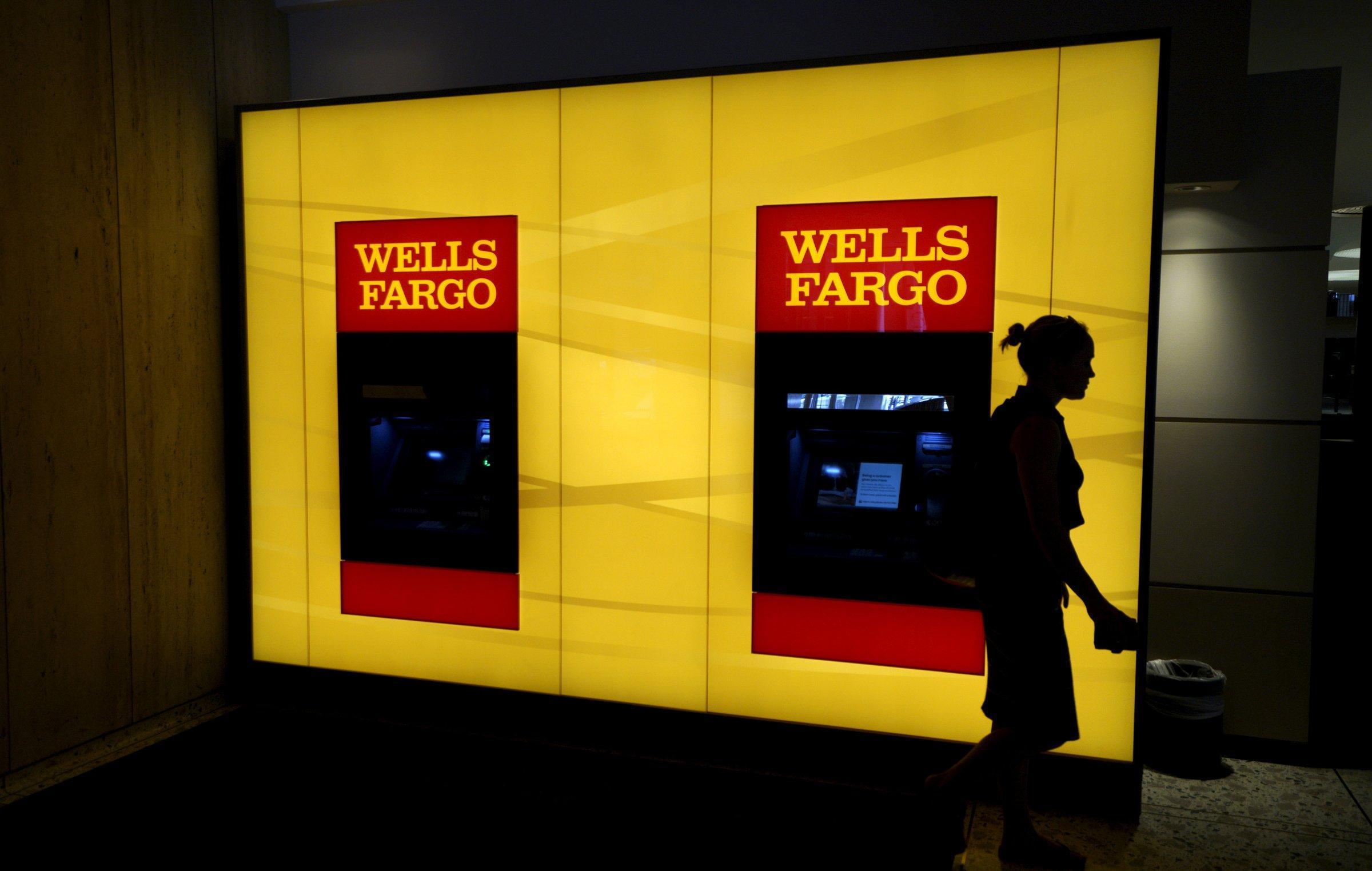US authority orders Wells Fargo to halt expansion over ‘abuses’

In an unprecedented punitive action, the U.S. Federal Reserve has ordered troubled banking giant Wells Fargo to halt its expansion until it improves governance, following “persistent misconduct.”
As part of an agreement with regulators, Wells Fargo will replace four board members this year as it struggles to recover from a 2016 scandal in which it uncovered millions of phony accounts created without customer consent.
The Fed order restricts the bank from growing any larger “until it sufficiently improves its governance and controls,” and asks Wells Fargo to submit an action plan to the Fed within 60 days.
“We cannot tolerate pervasive and persistent misconduct at any bank,” outgoing Fed Chair Janet Yellen said in a statement, citing “recent and widespread consumer abuses and other compliance breakdowns.”
The bank prioritized growth over ensuring effective risk management and “the enforcement action we are taking today will ensure that Wells Fargo will not expand until it is able to do so safely,” Yellen said in what was perhaps her last official act as Fed chair.
Wells Fargo became engulfed in scandal in 2016 after admitting its employees had opened 3.5 million phony deposit accounts and lines of credit without clients’ knowledge as part of high-pressure retail sales tactics the bank touted to investors but has since repudiated.
This led to damaged credit scores and millions of dollars in unjustified fees for customers.
Wells Fargo President and CEO Timothy Sloan said the bank will present a plan to the Fed with new compliance and risk management strategies, as well as a list of steps taken so far.
The company will then seek third-party review of the implementation of the reform steps no later than September 30, which will then be subject to Fed approval.
“We want to have this cap lifted as soon as possible. We’re going to work very hard to ensure that’s the case,” Sloan said in a conference call.
The bank is studying various measures, including potentially reducing some commercial accounts, to allow it to continue to operate and accept deposits from retail customers without the risk of violating the Fed’s limit to keep asset size steady.
















